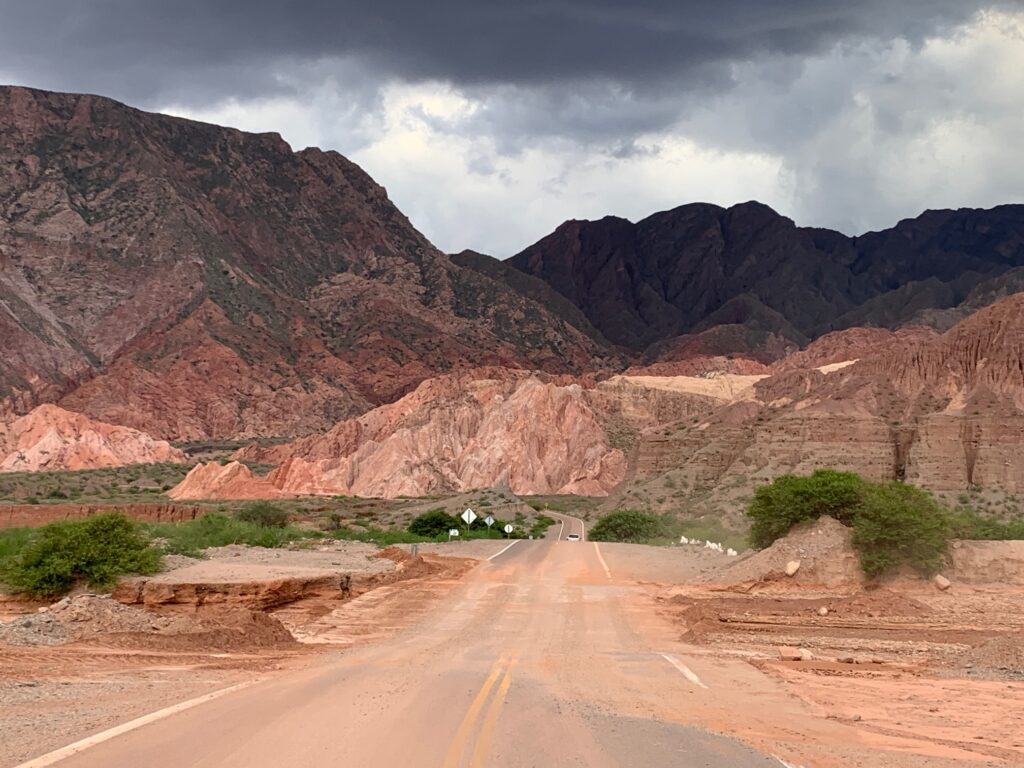Los Colorados or colorful mountains and hills in Quebrada de las Conchas on Ruta 68, less than 30 minutes from Cafayate
Highlights
Cafayate is a small town in Salta Province, Northern Argentina. We included Cafayate in our explorations because of Los Colorados. Los Colorados are the eroded sandstone formations that are similarly found in the US’s desert southwest. As an added bonus, Cafayate has around 80 wineries, most of them surrounded by vineyards.
Time of Visit: January 2024
Duration of Visit: Three nights
Cafayate
Cafayate is a small, very walkable and quiet town. Ruta 40 cuts through the middle of town and is lined with several shops and restaurants. The town is surrounded by vineyards and mountains. Cafayate is definitely the place for those who want to unwind and relax.
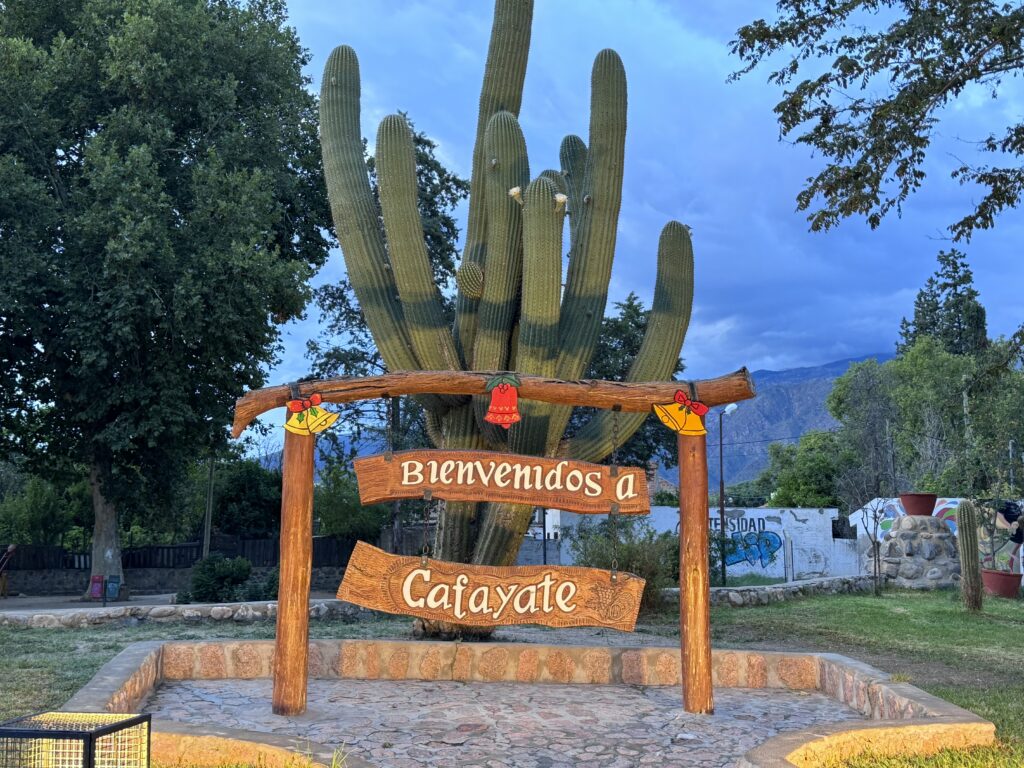

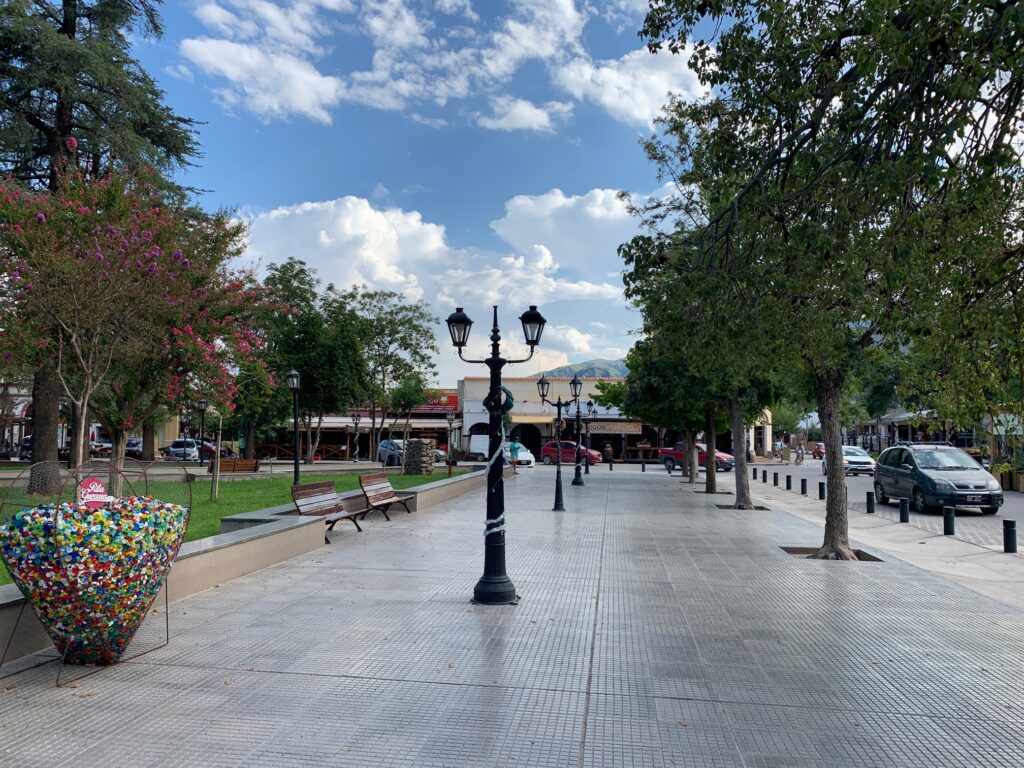

Cafayate is a nice base to explore Los Colorados or visit the many wineries that surround the town. Visitors will see several Ruta del Vino signs along Ruta 40 and Ruta 68 in Cafayate.
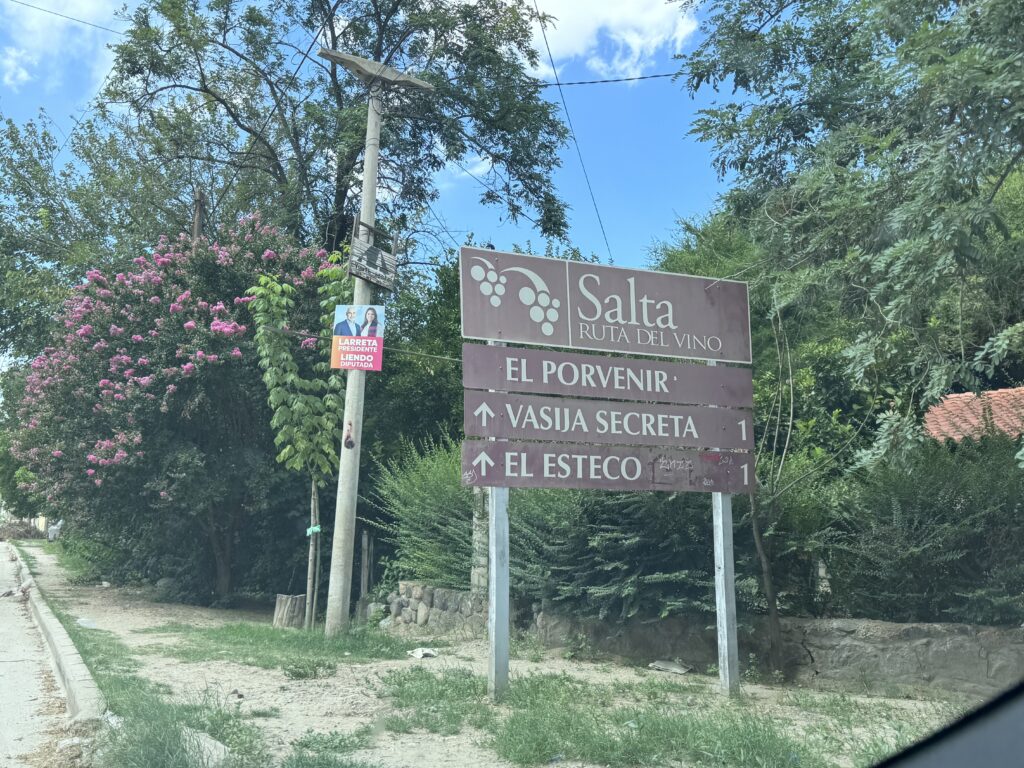

Los Colorados
We were blown away by the scenery as we drove south on Ruta 68 on our way to Cafayate.
The Quebrada de las Conchas is a natural reserve that is home to Los Colorados. Los Colorados refer to the colorful orange, red, rust and yellow mountains and sandstone formations found within the reserve. The southern end of the reserve is about 16 kilometers or thirty minutes north of Cafayate. There is really not much we could write about Quebrada de las Conchas except share a few photos.
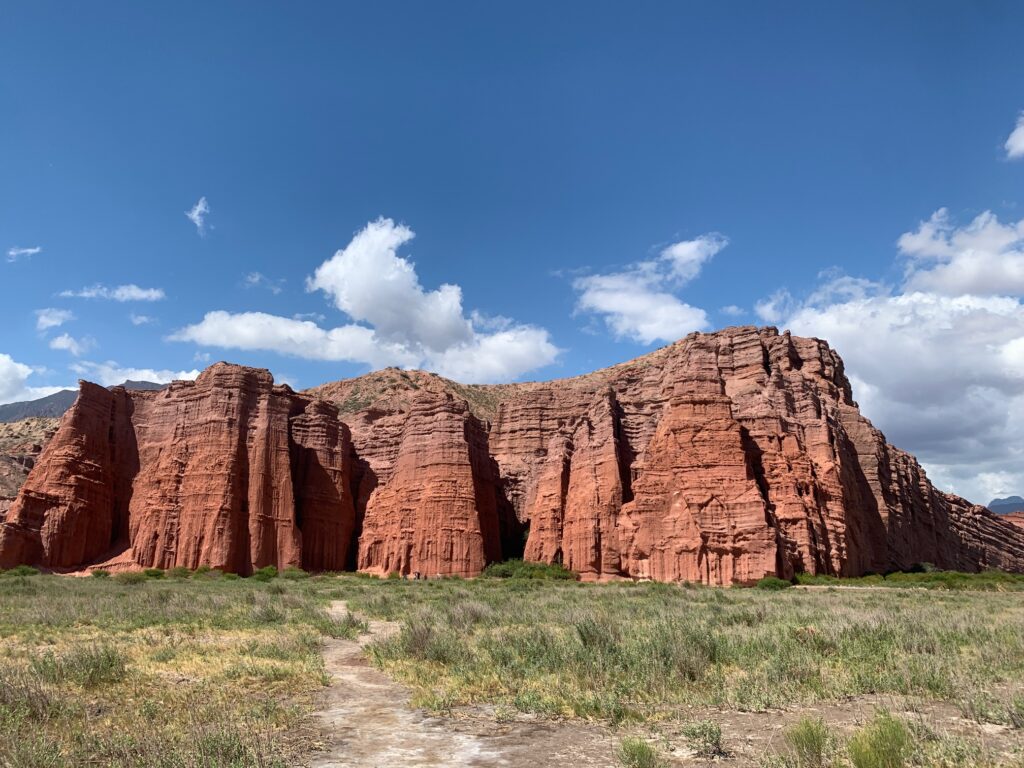

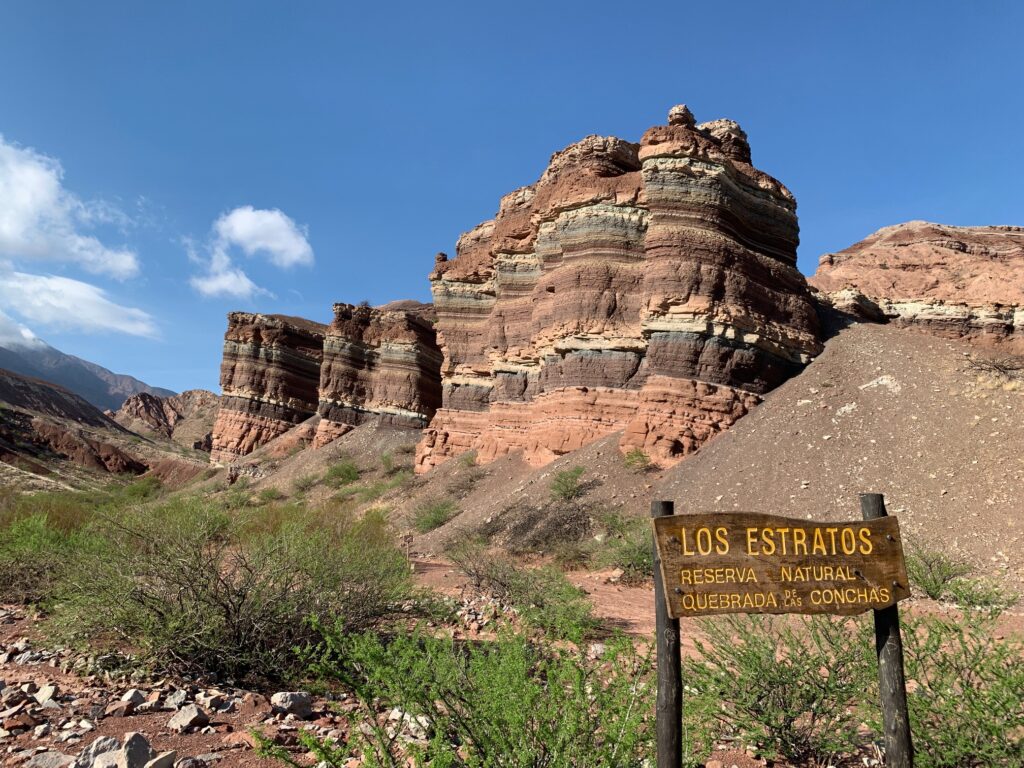

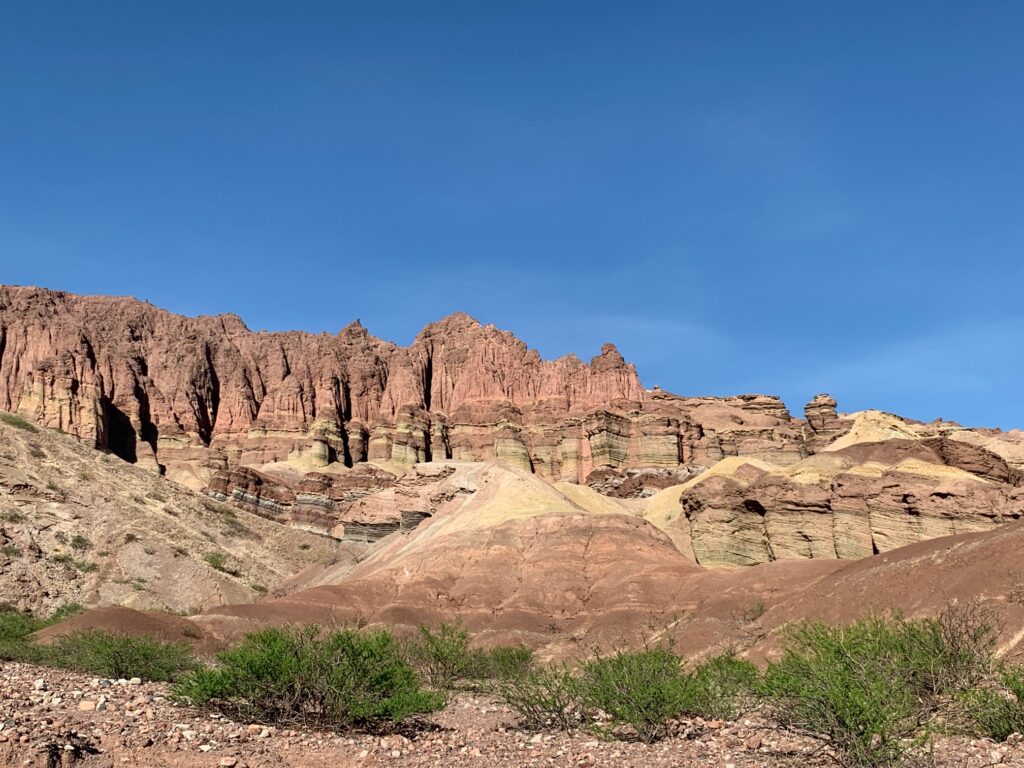

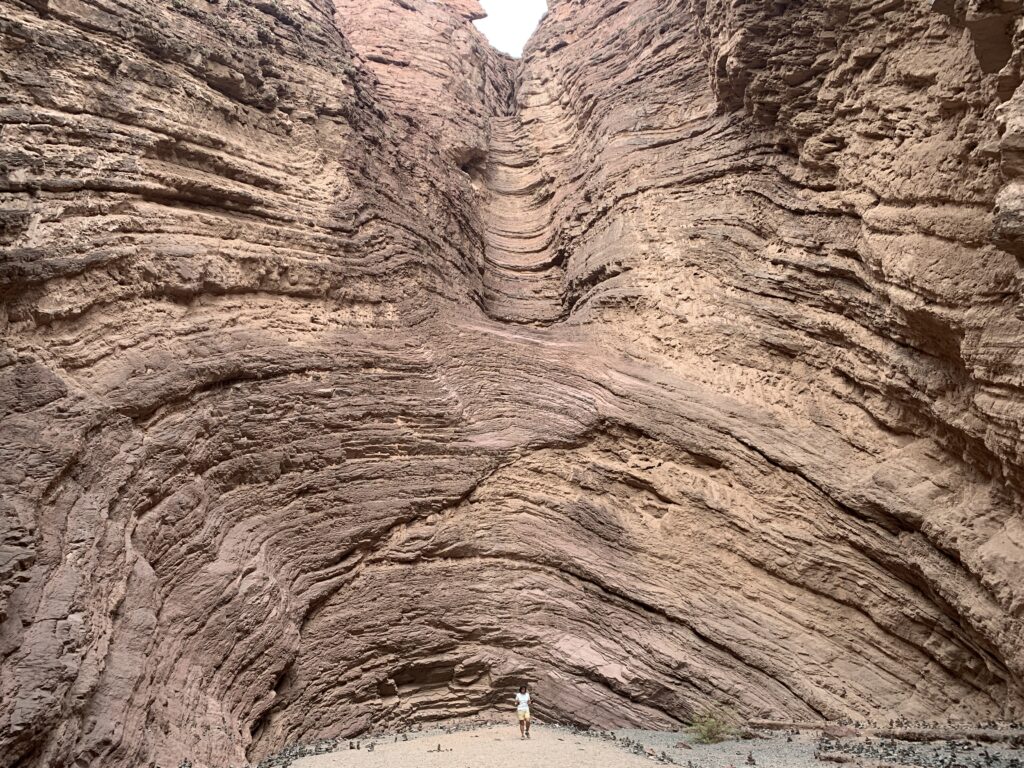

Wineries
Several wineries surround Cafayate. Our host recommended Piattelli Winery where we booked a wine tasting with winery tour and lunch at their beautiful restaurant. The place gets busy so it is best to book the tour and lunch at the restaurant at least a day in advance. We tried to get in the same day and had to return the following day because they were fully booked.
The winery tour lasted about an hour. We were the only English speaking visitors on the tour. Our tour guide was nice enough to talk slowly in English before switching to his normal cadence when he spoke faster in Spanish. The tour guide started us off at the vineyards, followed the wine process until we ended up at the wine barrels stored in the winery’s basement.
Our tour ended at a dedicated wine tasting room where we were comfortably seated in front of a table. Our host then started pouring the wines that we wanted to sample based on the package we selected. This was a nice experience for less than $10 USD and we were able to sample wines from Mendoza as well.
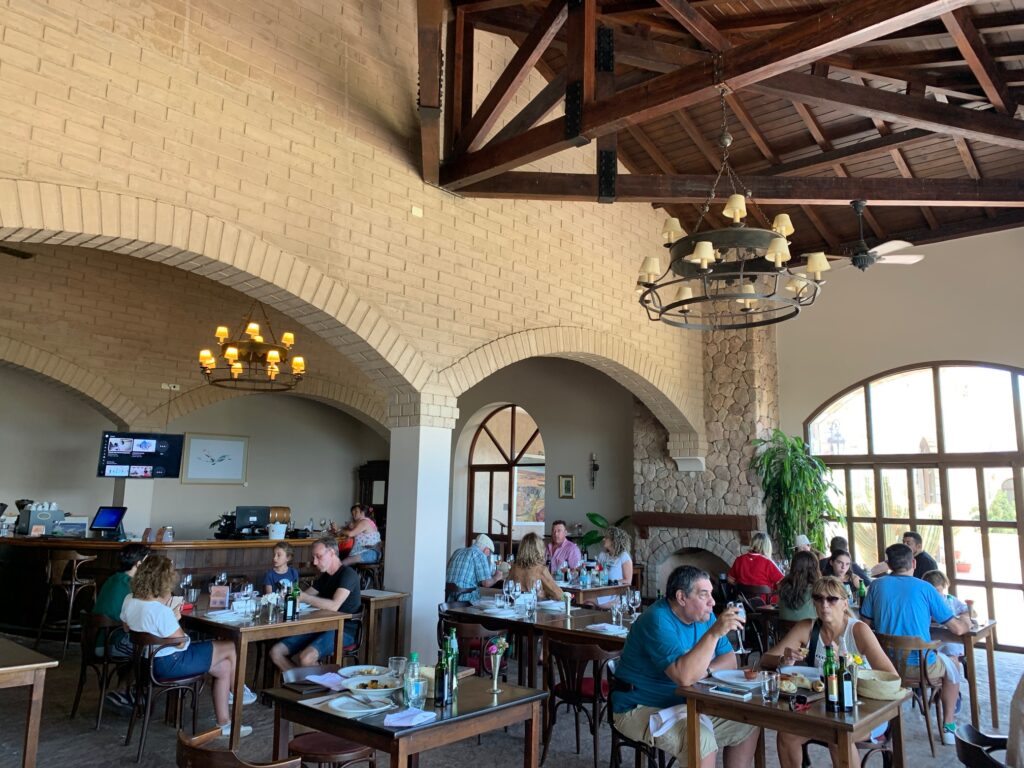

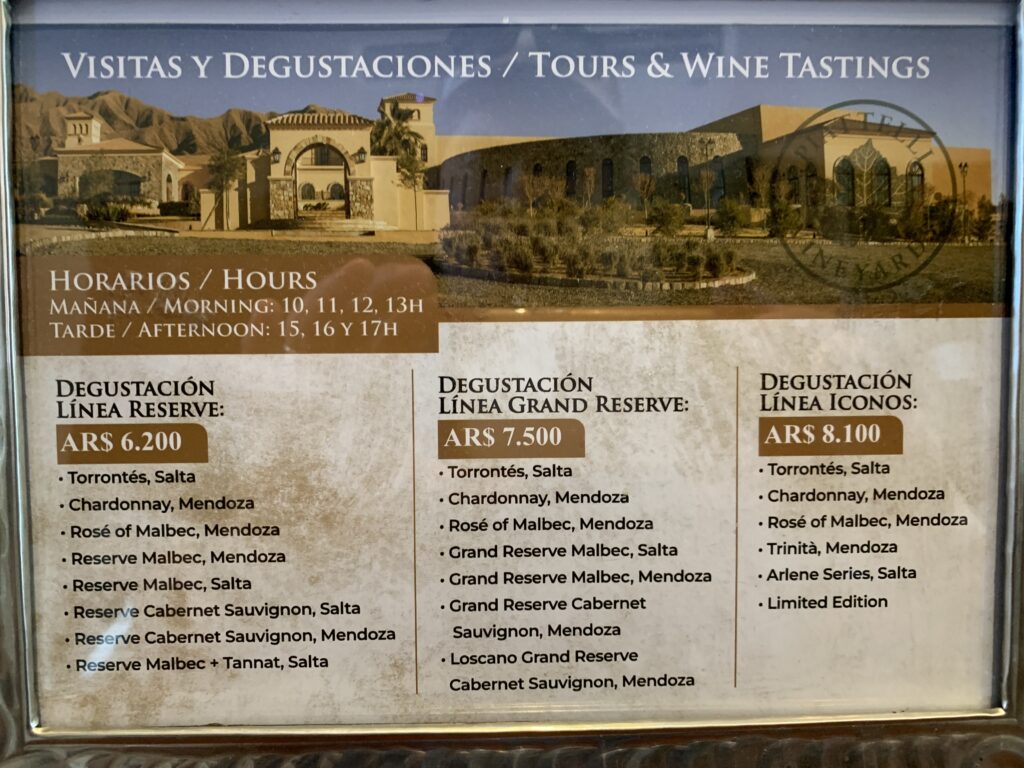

We learned a lot about the winery and about wines in general during our Piattelli Winery wine tasting tour. In our opinion, the winery tour here was a thousand times better than the winery tour we had at Bodega Lopez in Mendoza. At Bodega Lopez, our tour guide spoke as if his pants were on fire, jumped all over the wine process instead of following it sequentially and we were in a basement standing around a table to sample three measly wines.
How to Get to Cafayate
Salta is the nearest airport, about three hours away. We rented a car and drove on Ruta 68 for the majority of the way until it hit the famous Ruta 40. The stretch of Ruta 68 between Salta and Ruta 40 is mostly two lane undivided road.
We went in January 2024 which was the start of the rainy season. There were many places on Ruta 68 that had mud deposits across the road. Fortunately, Ruta 68 is the major road that connects Cafayate to Salta so it gets cleared quickly to avoid disrupting commercial traffic.
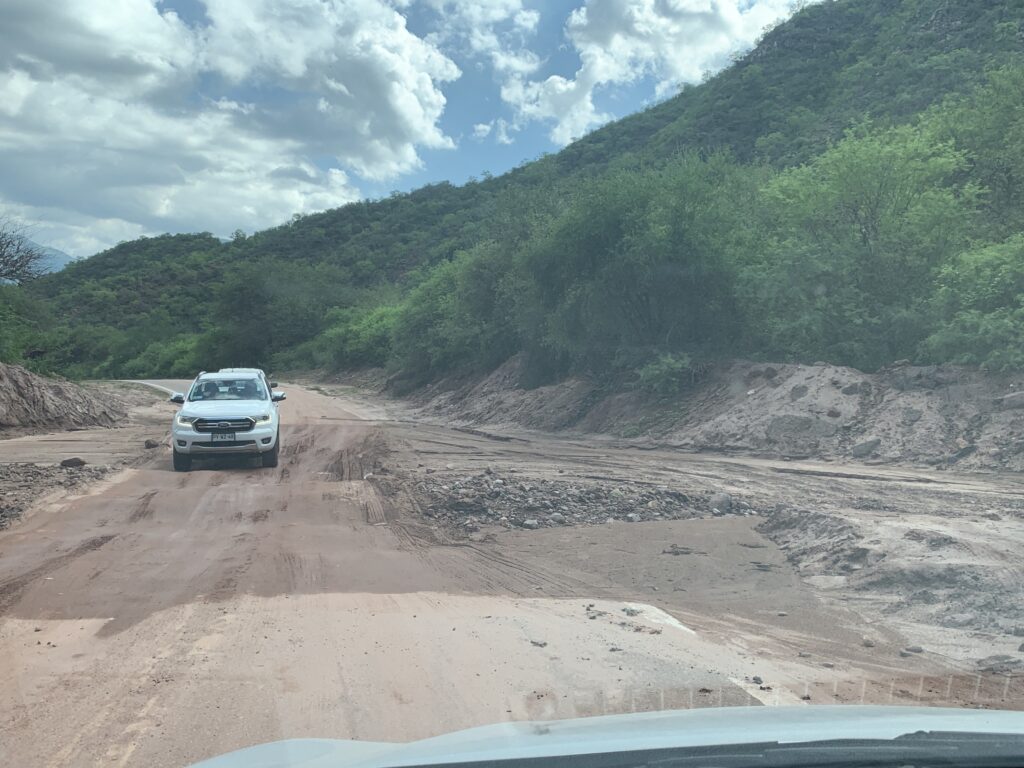

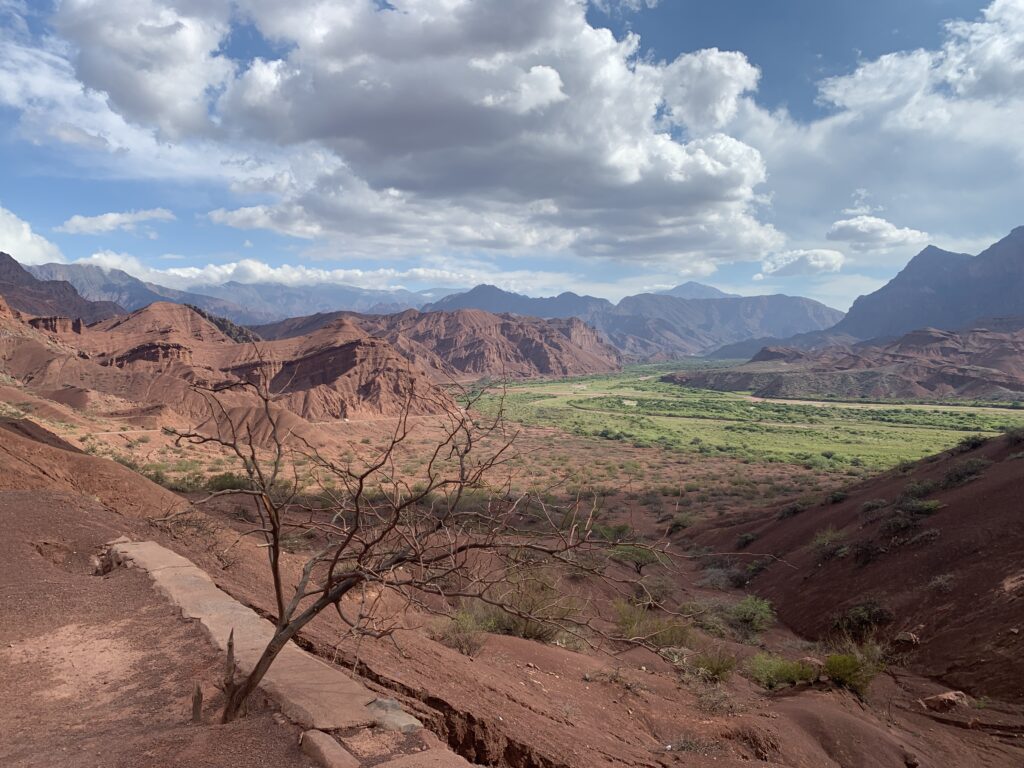

We saw several bus lines on Ruta 68. So there is a way to get to Cafayate from Salta if you decide not to rent a vehicle.
Weather in the Summer
We went during the start of the summer season. It was warm during the day but comfortable in the late afternoon and into the evening. It was also humid, despite the area being considered arid as it receives around 250 mm (10 inches) of rain annually according to our wine tour guide.
Mornings would start off as clear and sunny. Late afternoon clouds normally form giving the impression that it would rain. However, we did not get rained on in the three nights we spent in Cafayate.
Summary
Cafayate surprised us as our only expectation was that we were going to see Los Colorados or the colorful mountains and sandstone hills in Quebrada de las Conchas. Indeed, Quebrada de las Conchas did not disappoint and made us wish we could have stayed longer to explore more of the natural reserve.
Cafayate itself is a small and quiet town. Its main street is lined with shops and restaurants. The main square just invites visitors to sit down, relax and take a slower pace. Just a perfect place to unwind.
The wineries around Cafayate were an added bonus to the trip. Doing a wine tasting tour and dining at the Piattelli Winery was a splurge worth doing. We could not think of any other place we have been to where each dish in a five course meal was paired with a locally produced wine. If we were going to do our trip again, we would have skipped Mendoza and spent more time in Cafayate.

